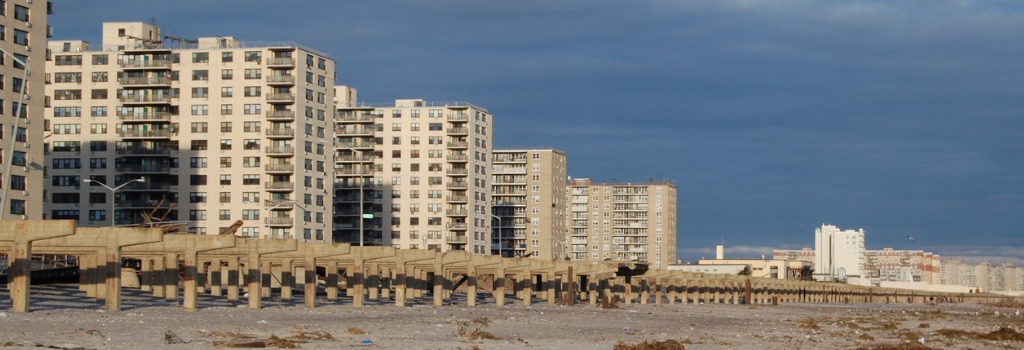If your condominium was built to code, even older building codes, it is likely a safe building. Like most things, however, as they age, buildings need maintenance and occasional repairs to ensure they remain safe and sound, including bringing them up to new code standards in some cases. That is where concern should lie—checking for issues that may make the building, or parts of it, unsafe.
You will probably see signs if the building is in trouble; though for non-experts, it is usually not clear from the visible clues how serious or costly the issue may be. It requires a specialist, such as an architect or engineer, to discern the depth of potential problems. A professional analysis will include a visual inspection, and likely including opening walls to look at the framing and structural elements. This will reveal the extent of damage, and to understand how much repair work is necessary.
External visual cues that may be indicators of a problem:
- Water stains on the ceiling and walls
- Peeling paint or rotting window sills
- New or excessive cracking
- New or excessive floor sloping
- Doors that suddenly do not close properly
While each of these issues indicate that something is happening with the structure, they do not necessarily suggest catastrophic failure is near. Sloping floors or racked doors may be the result of natural settling and creep of the structural elements, or they could indicate a serious issue with supporting walls or the foundation.
Ensuring your building remains safe
The best way to ensure a building remains safe is to conduct regular maintenance. It is cheaper to maintain the building or fix issues early on before it becomes a bigger problem. A small leak can result in structural failure if it is dripping on wood joists for a long time, for example, and you would not know it until the joist fails. A complete maintenance program should also include periodic inspections from experts, to ensure you are not missing anything.
Every 5 years
- Hire a licensed, professional architect or engineer to inspect the building envelope, then monitor and keep a list of issues you have experienced.
Every 2 years
- Talk to everyone in the building to uncover and track issues, including:
- Water intrusion, around windows, exterior walls, bathroom leaks, etc.
- New or sudden cracks or floor sloping
The next step is critical: Listen to the owners who discuss issues within their units. Make repairs as needed and investigate further if there are concerns. Most importantly, listen to the experts you paid to investigate the structure. A building professional with a good reputation is looking out for the health of the building and the safety of its occupants and makes their report with that in mind. They are providing recommendations based on what they see in the building and their professional opinion of what is and is not a threat. Structural problems only get worse—they cannot heal themselves.
Professional architects and engineers, like the team here at CCA, know what to look for when inspecting your condo complex. After hiring the expert, your job is to figure out the whole scope of what may need to be done and prioritize your budget towards health and safety. Give us a call today to find out how we can help you ensure your buildings remain safe.


